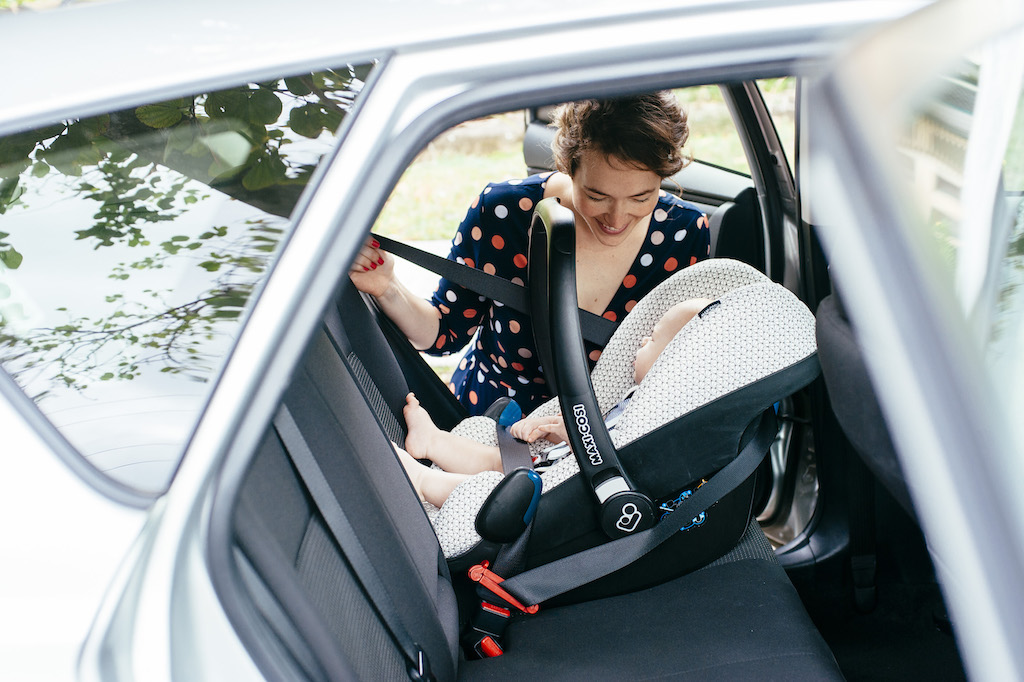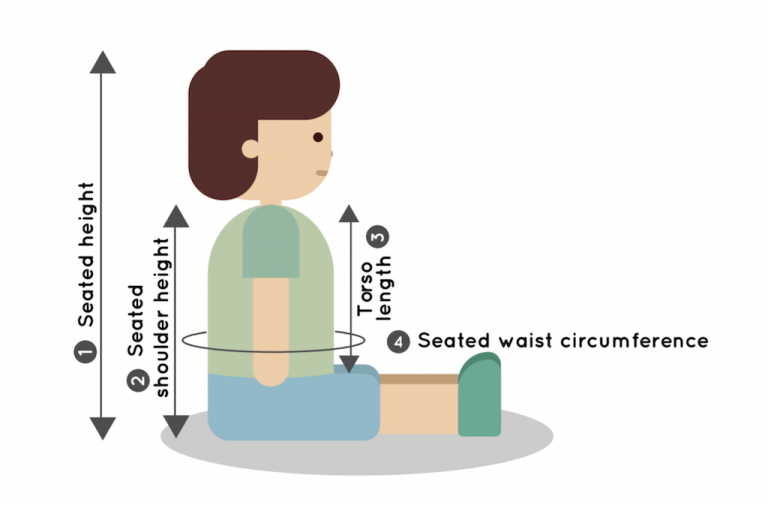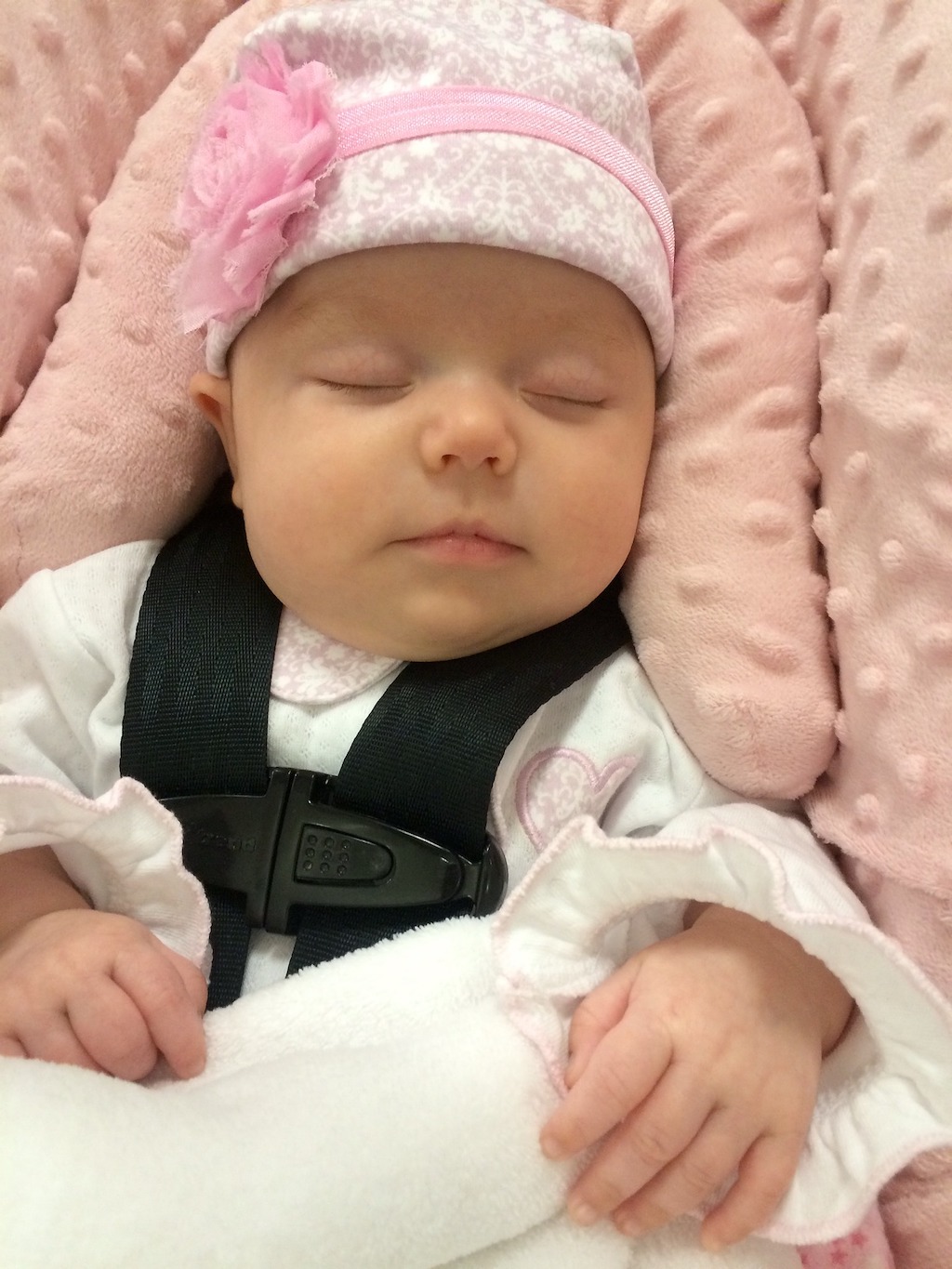SingaporeMotherhood | Baby & Toddler
January 2019
Buying a Car Seat for your Child? Read this first

How to choose the best car seat for your infant or your child? We got the Elise Mawson, founder of Taxi Baby Co., to tell us what to look out for.
No need to tell us about babies or children flying out of vehicles during accidents. Just knowing that we have our darlings’ lives in our hands is enough to scare us into making sure that we give them the best protection on the roads – in Singapore or anywhere else in the world.
Elise Mawson is an internationally-certified Child Passenger Safety Technician. She’s also the Managing Director of Taxi Baby Co. which provides safety solutions for family travel. Most importantly, she’s a mum, so she knows just how crucial it is that our little ones are safe and snug on the go. Who better to advise us on how to choose a car seat for our children?
[banner][/banner]
Tip #1: Be sure that you really, really need to buy a car seat
If you don’t already have one, then the answer is easy — YES! If your child is already in a car seat — are you thinking of buying a new one because you think they have outgrown the old one? Then wait, double check that they’ve really outgrown it first before parting with your money.
How to tell if your baby has outgrown their infant car seat (bucket-style with a handle):
•
Have they reached the weight limit (usually 13 kg, but check your manual)?
• Is their head is no longer contained within the shell of the car seat (check your manual as some seats require a 1-inch gap between your child’s head and the top of the car seat)?
Note that age, total height, and leg length are not reasons that a child will outgrow their infant car seat.
How to tell if your preschooler has outgrown their car seat:
Just because your child has is now four years old doesn’t mean you have to transition them from a car seat to a booster seat. If your child still fits inside the car seat, keep them in it until they have reached the weight OR torso height limits of that particular car seat (whichever comes FIRST). When you downgrade your child from a car seat to a booster seat, you are offering them less protection, so it’s a big decision.
Tip #2: Never buy a secondhand car seat
This can be dangerous because:
• It may have damage — to the point where it won’t protect your child in an accident. In addition, this is not always visible (nor disclosed by the seller)
• The seat may be missing important parts and/or the manual
•
It may have expired and hence won’t be able to protect your child in an accident
Tip #3: Take your child’s measurements
This will ensure that the new car seat will fit them for a while. Write down your child’s age, height and weight along with these measurements:
Tip #4: Forward or rear-facing?
If your child is under six years old, research the pros and cons of rear-facing versus forward-facing car seats. It is five times safer for children to travel rear-facing. When forward-facing in an accident, the child moves forward with the force of the crash and is held back by the car seat’s harness (or seat belt, if using a booster). This puts very high loads on their head, neck and spine. When rear-facing in a collision, the child pushes back into the shell of their car seat, with virtually no strain on their head, neck and spine. Understand the differences and have a preference before you start shopping for a car seat.
Tip #5: Which vehicle is the new car seat going into?
Are you installing it permanently in mum’s car? Do you need to move it to another family member’s car on a regular basis? Is it for taxis, school buses? Do you need to take it on holiday with you to use in rental cars? What about on an airplane? Once you have a list, jot down the features of the cars – do they have ISOfix, how many passenger seats are there, do they have a top tether? Keep note of this information so you can find a seat which meets your needs.
(See also: Portable Car Seats in GrabFamily Cars Help Kids have a Safer Ride on Singapore’s Roads)
Tip #6: Confirm that the seat is tested and legal to use
Once you have a shortlist of seats in mind, confirm that they are crash tested and legal to use in the countries you want to use them in. The Singapore Traffic Police accepts seats certified in the US, Europe, Australia, UK, and Japan. Some child restraints sold in Asia are dangerous, uncertified copies — beware! Also, if you plan to use it overseas, check that it is legal there to avoid future disappointment.
Tip #7: Check the installation mode for your shortlisted car seats
Can it be installed with the vehicle’s three point seat belt? A lap-only seat belt? Does the car seat have an in-built lock-off system for the vehicle seat belt, or do you need to buy a separate locking clip to use it safely? Similarly, does the car seat install with ISOfix and is your vehicle compatible? Is there a mandatory top tether strap for this car seat? If so, does your vehicle have a top tether anchor (P/S: Cargo points are not acceptable as child restraint anchors)? As a guide, all American and Australian car seats must use a lock-off in addition to tightening the vehicle seat belt. Some European car seats don’t require a lock-off. If in doubt, ask an expert (like child safety experts over at Taxi Baby Co.).
Tip #8: Do you need your car seat to be compatible with strollers?
This usually applies to infant car seats, but also applies to toddler car seats if you need to take the seat in taxis. A stroller-compatible car seat will give you more flexibility when travelling with your little one.
Tip #9: Know how to tell when your child has outgrown this particular car seat
Is there an upper weight limit? Do their shoulders or head need to stay below a particular marker point? No car seat uses age as a marker for when your child has outgrown their seat. Often “upper age guidelines” are provided to give parents an idea of how long a car seat would last them, but these are definitely not a safety limit.
Tip #10: Install it right
Once you’ve bought your car seat, read the manual and have it professionally installed by a certified Child Passenger Safety Technician. Over 95 per cent of car seats are installed incorrectly by parents, grandparents and well-meaning but untrained retail staff. For your child’s safety, call in the professionals.
Elise Mawson is an internationally certified Child Passenger Safety Technician, engineer, and Managing Director of Taxi Baby Co. which provides safety solutions to car-free and jet-setting families. Elise lives in Singapore with her two boys, 1 and 3, and her engineer husband. She’s passionate about giving parents the tools and knowledge they need to travel easily with their children, without compromising on safety.
Header image: Source
Featured image: Taxi Baby Co.
All content from this article, including images, cannot be reproduced without credits or written permission from SingaporeMotherhood.
Follow us on Facebook, Instagram, and Telegram for the latest article and promotion updates.







